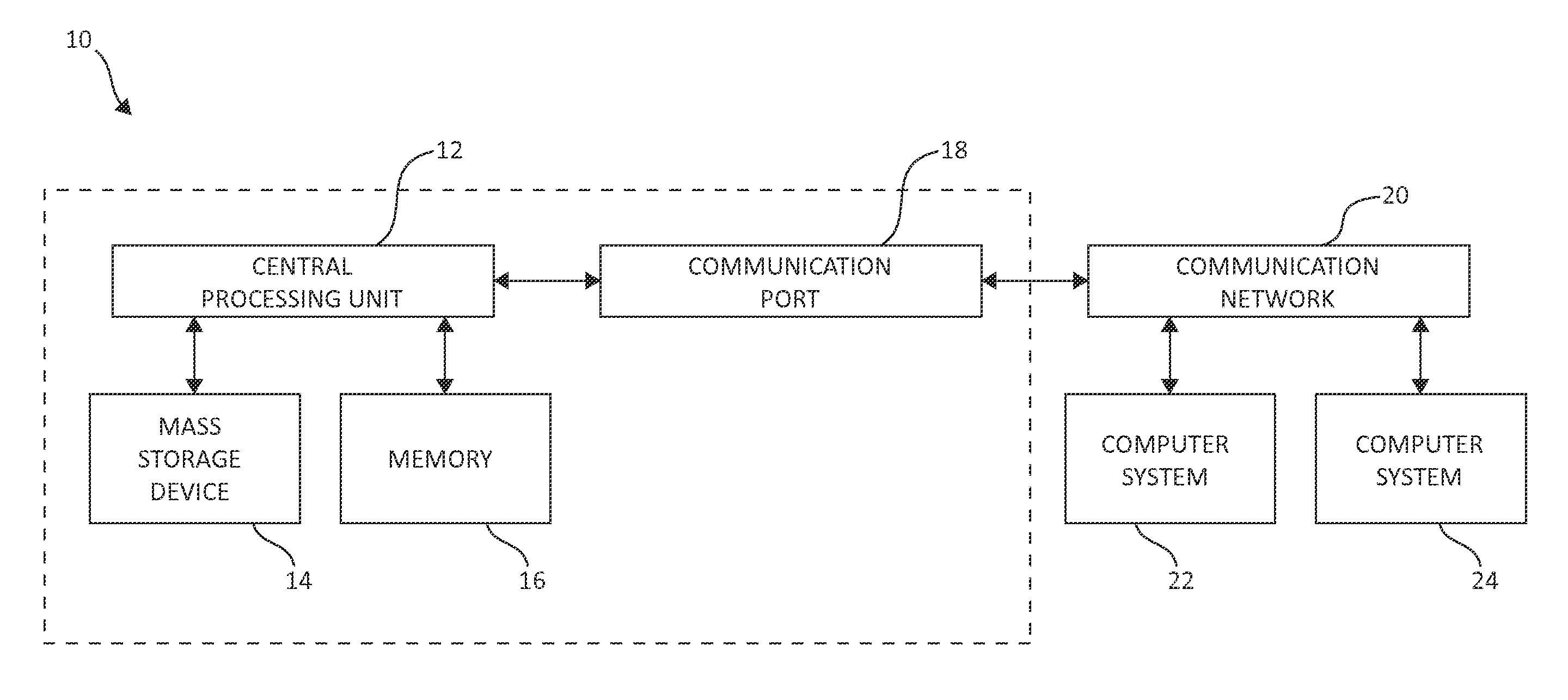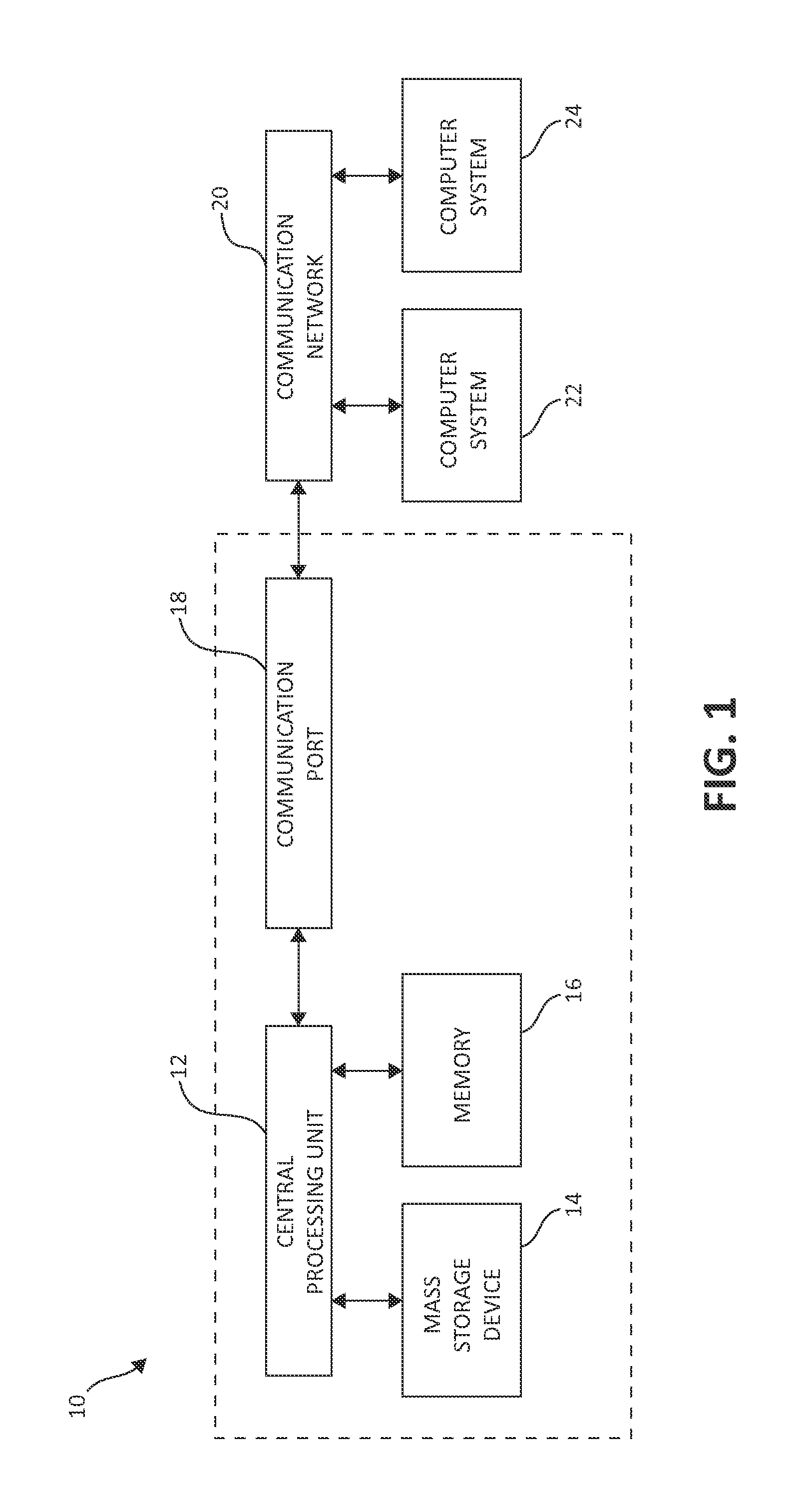Reducing decompression latency in a compression storage system
- Summary
- Abstract
- Description
- Claims
- Application Information
AI Technical Summary
Benefits of technology
Problems solved by technology
Method used
Image
Examples
Embodiment Construction
[0005]With increasing demand for faster, more powerful and more efficient ways to store information, optimization of storage technologies is becoming a key challenge. Data compression techniques are used to reduce the amount of data to be stored and / or transmitted in order to reduce the storage capacity and / or transmission time respectively. Compression may be achieved by using different compression algorithms known in the art, for example, by sequential data compression, which takes a stream of data as an input and generates a usually shorter stream of output from which the original data can be restored. However, reducing the amount of data to be stored and / or transmitted in order to reduce the storage capacity and / or transmission time respectively increases the compression and decompression latency within a storage system. In any storage system, the compression latency and decompression latency is critical for application performance. For example, compression storage systems intro...
PUM
 Login to View More
Login to View More Abstract
Description
Claims
Application Information
 Login to View More
Login to View More - R&D
- Intellectual Property
- Life Sciences
- Materials
- Tech Scout
- Unparalleled Data Quality
- Higher Quality Content
- 60% Fewer Hallucinations
Browse by: Latest US Patents, China's latest patents, Technical Efficacy Thesaurus, Application Domain, Technology Topic, Popular Technical Reports.
© 2025 PatSnap. All rights reserved.Legal|Privacy policy|Modern Slavery Act Transparency Statement|Sitemap|About US| Contact US: help@patsnap.com



